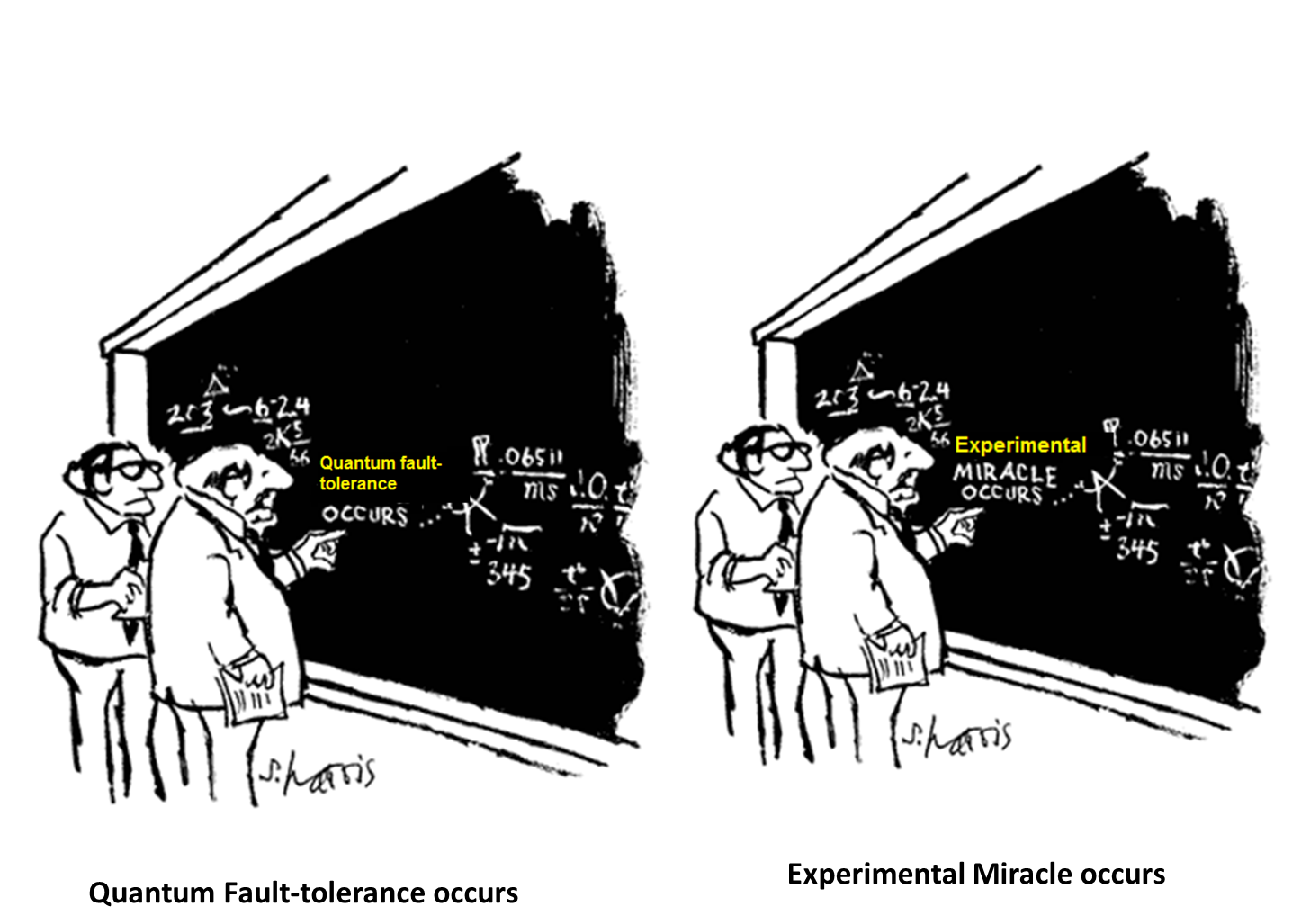The challenge of moving topological defects in quantum matter
I have really enjoyed this week at the Australasian Workshop on Emergent Quantum Matter. My UQ colleague Matt Davis is to be congratulated for putting together an excellent program. There was nice balance of cold atom and solid state talks. Is there anything that stood out to me? Yes. Vortices, (Josephson) phase coherence, and dimensional crossovers. Vortices kept coming up and remain a fascinating and perplexing problem. Vortices are mesoscopic, intermediate between the microscopic (atomic) and macroscopic scales. The length scale associated with them is emergent. They have some quantum properties (quantised circulation) but obey classical equations of motion, but interact with microscopic degrees of freedom (quasi-particles and phonons). When one has a broken symmetry vortices are novel emergent low energy excitations. They are topological defects in the order parameter. Given how much they have been studied in superfluid 4He and superconductors one would think they were pre






